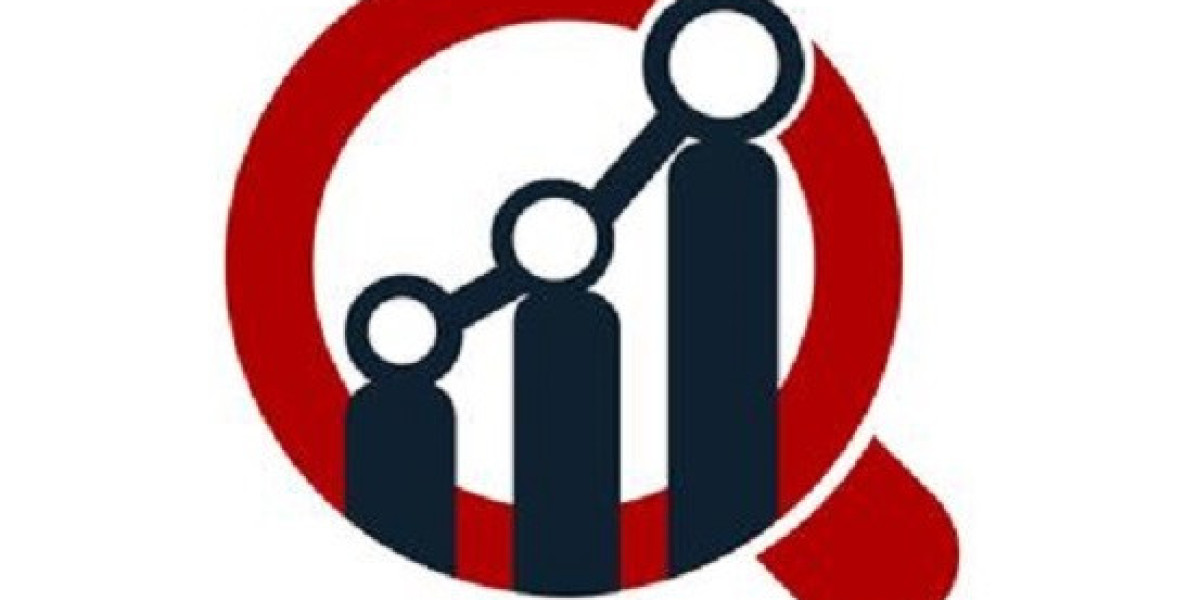Introduction: Bringing Sleep Diagnostics Home
Sleep is a fundamental pillar of health, yet millions of individuals globally suffer from undiagnosed sleep disorders that significantly impair their well-being and increase their risk of other serious health conditions. Traditionally, the definitive diagnosis of many sleep-related issues, such as sleep apnea, has relied on Polysomnography (PSG) conducted in specialized sleep laboratories. While effective, in-lab PSG can be inconvenient, unfamiliar, and potentially disrupt a patient's natural sleep patterns. The emergence of Ambulatory Polysomnography (PSG) systems, often referred to as home sleep apnea tests or home sleep studies, offers a transformative alternative. These portable devices allow for comprehensive sleep monitoring in the comfort and familiarity of a patient's own home, making diagnostics more accessible, convenient, and representative of real-life sleep.
Understanding Ambulatory Polysomnography Systems
An Ambulatory Polysomnography system is a compact, portable medical device designed to record various physiological parameters related to sleep in a non-clinical setting, typically the patient's home. The goal is to capture objective data about sleep patterns and breathing abnormalities that might indicate a sleep disorder. Unlike the extensive setup of an in-lab sleep study, ambulatory PSG systems are streamlined for ease of use by the patient themselves.
The working principle involves a portable recording unit connected to several sensors that monitor key physiological signals throughout the night:
- Respiratory Effort Sensors: Belts placed around the chest and abdomen measure breathing movements.
- Airflow Sensors: Nasal cannulas detect airflow and identify pauses or reductions in breathing.
- Oximetry: A finger probe measures blood oxygen saturation levels, crucial for identifying oxygen desaturations common in sleep apnea.
- Heart Rate Monitoring: Integrated sensors track the heart's activity during sleep.
- Positional Sensors: Some devices include sensors to detect body position, as sleep apnea can be positional.
- Snoring Microphones: To record snoring sounds, which can be an indicator of sleep-disordered breathing.
The data captured by these sensors is stored on the portable recording unit and then uploaded for analysis by a sleep specialist or physician. This allows for a detailed review of sleep stages, breathing events (apneas and hypopneas), oxygen levels, and heart rate fluctuations, providing a comprehensive diagnostic picture of a patient's sleep health.
Advantages Over Traditional In-Lab Studies
Ambulatory Polysomnography systems offer several distinct advantages compared to traditional in-lab PSG:
- Comfort and Natural Environment: Patients sleep in their own beds, in a familiar setting, which is more conducive to natural sleep patterns. This reduces the "first-night effect" often seen in unfamiliar lab environments.
- Convenience and Accessibility: Home sleep tests eliminate the need for travel to a sleep lab, saving time and reducing logistical burdens for patients, particularly those living in rural areas or with mobility challenges.
- Cost-Effectiveness: Ambulatory PSG systems are generally less expensive than in-lab studies, making sleep diagnostics more affordable and accessible to a wider population.
- Reduced Waiting Lists: The increased capacity offered by home-based testing can help reduce long waiting lists for sleep studies in clinics.
- Representative Data: Because the study is conducted in the patient's usual sleep environment, the data collected may be more representative of their typical sleep patterns and breathing disturbances.
Key Applications in Sleep Medicine
Ambulatory Polysomnography systems are primarily used for the diagnosis of sleep-related breathing disorders, but their utility extends to other sleep conditions as well:
- Obstructive Sleep Apnea (OSA): This is the most common application. Home sleep studies are highly effective in identifying OSA, characterized by repeated episodes of upper airway obstruction during sleep, leading to snoring, pauses in breathing, and daytime fatigue.
- Central Sleep Apnea (CSA): While more complex, some advanced ambulatory PSG systems can help differentiate between OSA and CSA, where the brain temporarily fails to send signals to the breathing muscles.
- Restless Legs Syndrome (RLS): While PSG is not the primary diagnostic tool, it can help rule out other sleep disorders and document sleep fragmentation caused by RLS.
- Narcolepsy: Though in-lab studies (MSLT) are gold standard, home PSG can be used to rule out other causes of excessive daytime sleepiness.
- Insomnia: While not directly diagnosing insomnia, a home sleep study can help rule out underlying sleep-disordered breathing that might be contributing to insomnia symptoms.
Future Directions and Innovation
The field of Ambulatory Polysomnography is witnessing rapid innovation, driven by the demand for more user-friendly, accurate, and integrated sleep diagnostic solutions. Future trends include:
- Miniaturization and Wearable Technology: Sleep sensors are becoming even smaller, less obtrusive, and integrated into comfortable wearable devices (e.g., rings, patches, headbands), making them almost invisible to the user.
- Enhanced Wireless Connectivity: Improved wireless data transmission and cloud-based platforms for seamless data upload and analysis.
- Artificial Intelligence (AI) and Machine Learning: AI algorithms are being developed to automate data analysis, detect sleep events with greater accuracy, and even provide preliminary interpretations, streamlining the diagnostic process for clinicians.
- Simplified Set-up: Focus on making the devices extremely simple for patients to apply correctly, reducing technical failures and improving data quality.
- Integration with Telehealth: Combining home sleep studies with virtual consultations for diagnosis, treatment planning, and continuous monitoring, enhancing patient convenience and access to specialists.
- Advanced Sensor Technology: Development of new sensors that can measure additional sleep parameters with higher precision, such as brain activity (EEG) or muscle activity (EMG) more easily in a home setting.
- Closed-Loop Systems: Future devices might even integrate diagnostic capabilities with therapeutic interventions, such as delivering personalized light therapy or sound therapy based on detected sleep patterns.
Conclusion: Empowering Better Sleep Health
Ambulatory Polysomnography systems are fundamentally transforming the landscape of sleep disorder diagnostics. By offering a convenient, cost-effective, and patient-centric approach to monitoring sleep, these portable devices are expanding access to crucial diagnoses, particularly for prevalent conditions like sleep apnea. As technological advancements continue to make these systems more sophisticated, user-friendly, and integrated with broader digital health ecosystems, ambulatory PSG will play an increasingly vital role in improving public sleep health, enabling more individuals to receive timely diagnosis and effective treatment, and ultimately, achieve the restorative sleep they need for overall well-being.
Explore our latest reports
? Stay ahead in the healthcare industry. Browse our latest insights now!
About Market Research Future (MRFR)
Market Research Future (MRFR) is a global market research firm that provides comprehensive insights into market trends, drivers, challenges, and opportunities. We offer a broad range of market intelligence reports and consulting services to help businesses and enterprises in various industries make informed decisions
Media Contact:
Market Research Future (MRFR)
Phone: +1-646-845-9312
Email: contact@marketresearchfuture.com
Website: marketresearchfuture








